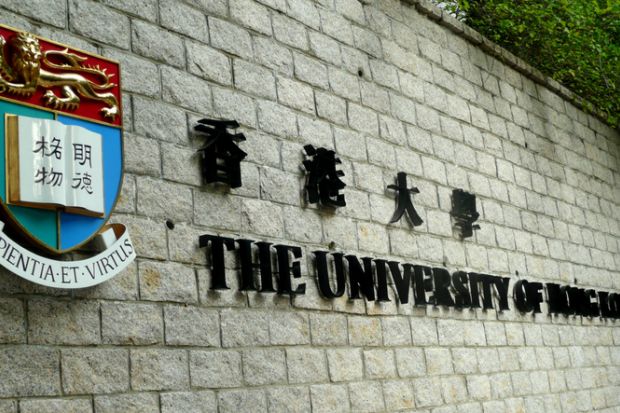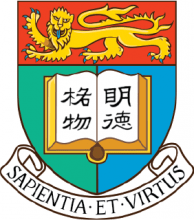With many students gone for winter break, the University of Hong Kong has removed the Pillar of Shame statue commemorating the victims of the Tiananmen Square massacre, citing “legal advice”.
The eight-metre monument was dismantled by HKU in the early hours of the morning on 23 December, according to local media.
Its removal, while sudden, has been months in coming. In early October, the university requested that the statue be taken from its campus, prompting widespread condemnation from students and academics.
The totem pole-like tower of naked human figures commemorates the protesters killed by the Chinese military during its 1989 crackdown. It stood on the campus for 24 years and was reportedly among few public Tiananmen Square memorials in Hong Kong.
Recent photos taken by pedestrians showed the site obscured behind plastic tarpaulins and tall yellow barriers. Inside, workers wrapped up the statue and packed it into a shipping container.
The move comes in a year in which Hong Kong students have clashed with university administrators, with arrests of numerous pro-democracy protesters. Many have criticised what they described as an environment that restricts academic freedom and speech critical of Beijing.
In a statement on 23 December HKU said it was “very concerned about the potential safety issues” posed by the “aged” and “fragile” statue.
It said that the university’s governing council had made the decision to remove the memorial the previous day, in light of “external legal advice and risk assessment for the best interest of the university”.
HKU also claimed that “no party has ever obtained any approval from the university to display the statue on campus” and defended its decision, saying that the university “has the right to take appropriate actions to handle it at any time”.
The statue will be put into storage pending further advice from lawyers on “appropriate follow up action”, the university said.
But the message has not sat well with many faculty and former students. One faculty member, who asked to stay anonymous, told Times Higher Education she was sceptical of HKU’s explanation.
“It is unbelievable that they could make a decision and act on it the same day, given the planning that seems to have gone into the whole operation: planning, dismantling and storage,” she said, adding, “the worst part is that the statement blames the decision on safety [and] they can’t just acknowledge openly what this is about”.
HKU alumna and political activist Chung Ching Kwong wrote that the “cowardly excuses” were “an insult to the intelligence of your alumni”.
“HKU – an institution once recognised as a bastion of academic freedom – has been reduced to publishing demonstrably false press statements to justify an act of naked political suppression,” she wrote on Twitter, adding, “the bad news is that we were trained at your university to think for ourselves”.
Maggie Choi, a fourth-year student at the Chinese University of Hong Kong, expressed concern that HKU’s move could set a precedent for other institutions in the city. CUHK currently houses a “goddess of democracy” statue which the administration did not officially approve.
“I guess the removal of the Pillar of Shame also gives incentive to CUHK administration to remove [its] statue,” said Ms Choi.


